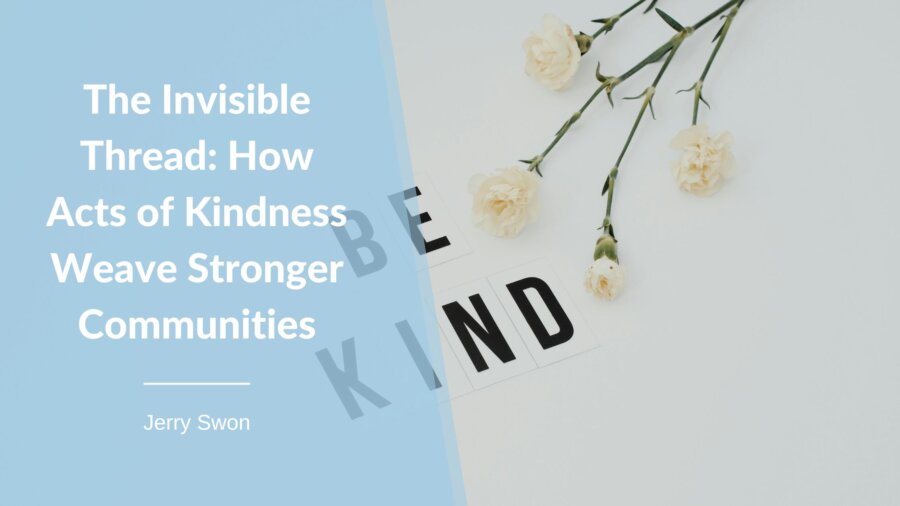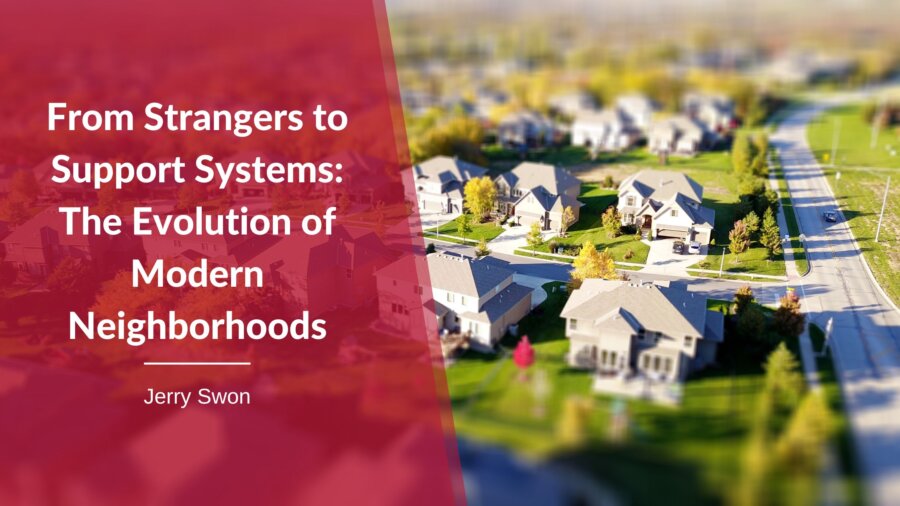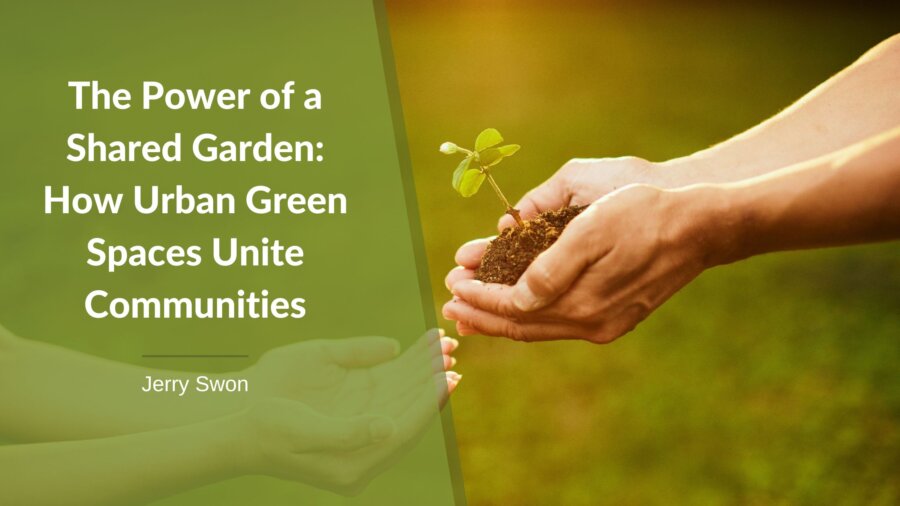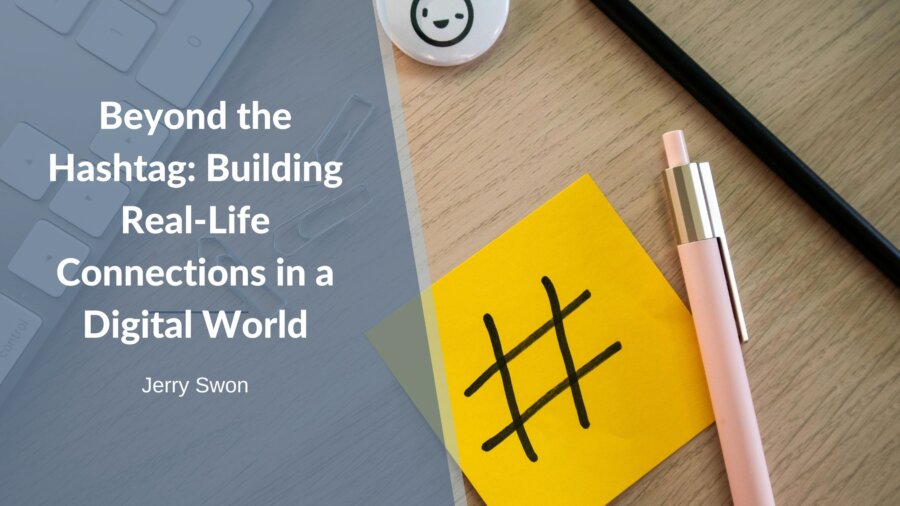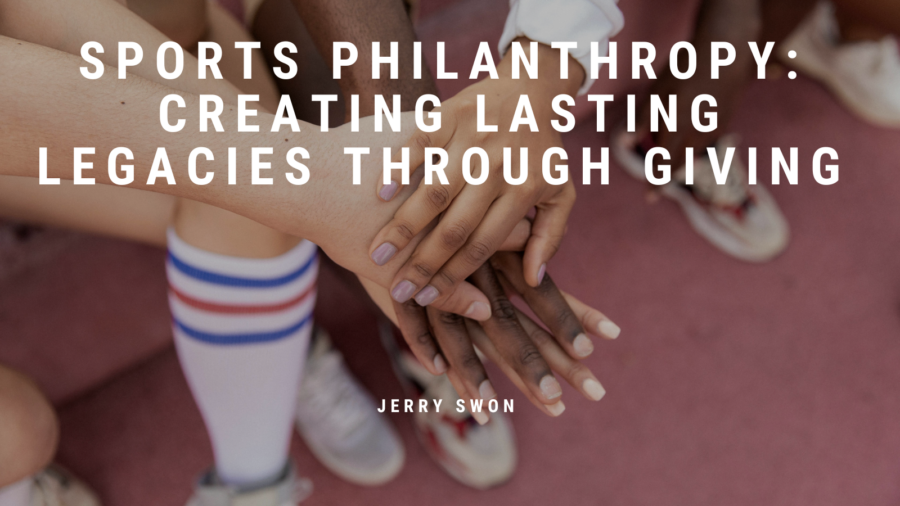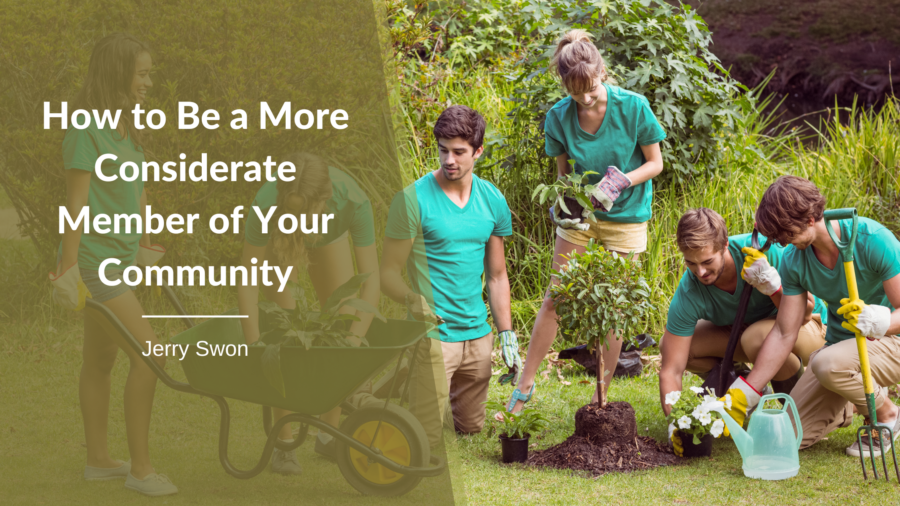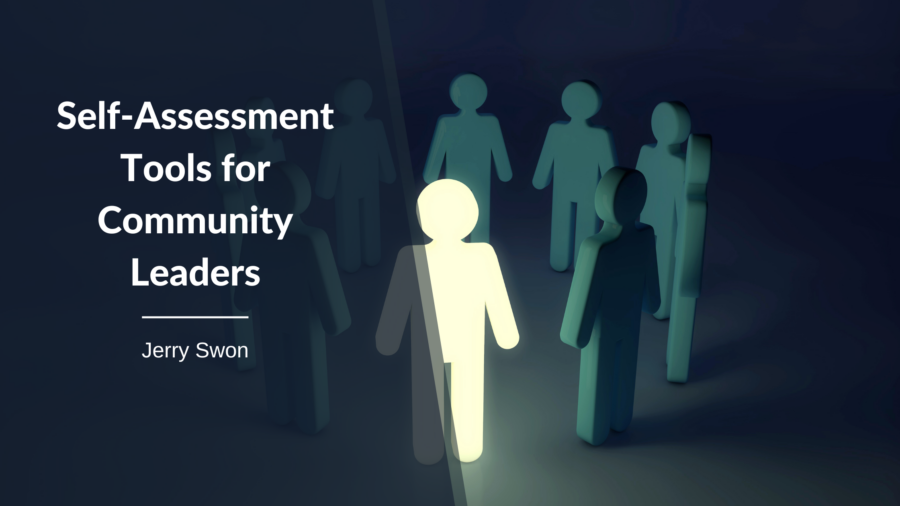What if everything you needed in life was just a 15-minute walk or bike ride from your front door?
This isn’t a utopian fantasy—it’s the “15-minute city” concept that’s transforming urban planning worldwide. The idea is brilliantly simple: redesign neighborhoods so residents can access essential services—grocery stores, schools, healthcare, parks, workplaces—within a short walk or bike ride from home.
The proximity principle behind this movement isn’t just about convenience—it’s fundamentally reshaping how communities function and thrive.
Cities from Paris to Portland are implementing this approach, discovering that when people can meet their daily needs locally, something magical happens. Spontaneous interactions increase. Social bonds strengthen. Local businesses flourish. Car dependency decreases. Air quality improves. And perhaps most surprisingly, research shows that mental health outcomes get better.
A study in Barcelona found that residents of neighborhoods structured around the 15-minute principle reported 28% lower rates of depression and anxiety compared to those in car-dependent areas. The science suggests that proximity doesn’t just save time—it nurtures psychological wellbeing.
This proximity revolution challenges decades of urban design that separated residential areas from commercial zones, forcing dependency on cars and fragmenting community life. The results of that experiment are clear: increased isolation, environmental degradation, and weakened social fabric.
The 15-minute approach offers a compelling alternative, but its impact extends beyond urban centers. Rural communities are adapting these principles through “community hubs” that concentrate essential services in accessible locations, supplemented by mobile services and digital connectivity.
The most successful implementations share common elements:
Mixed-use zoning that allows homes, shops, offices, and recreation to coexist. Pedestrian-friendly design that prioritizes walking and cycling over cars. Distributed essential services rather than centralized facilities. Public spaces that foster spontaneous interaction and community building. Digital connectivity that complements physical proximity.
A neighborhood in Melbourne transformed its community by converting an abandoned gas station into a multi-purpose hub containing a small grocery store, café, co-working space, and community garden. This single intervention dramatically increased local interaction and reduced car trips by 40%.
The proximity principle works because it aligns with our fundamental human nature. We evolved in small communities where daily needs were met through short walks and regular interaction. Our physiology and psychology still thrive under these conditions, despite our recent experiment with sprawl and separation.
Organizations implementing proximity-based communities report three consistent challenges: zoning regulations that enforce separation of uses, resistance from residents accustomed to car dependency, and concerns about property values and neighborhood change.
Yet where these obstacles have been overcome, the results are remarkable. Stronger social bonds. Improved physical health. Reduced carbon emissions. More resilient local economies. And the return of something many communities had lost: spontaneous, daily interaction that builds the social capital essential for collective wellbeing.
The 15-minute community isn’t just a planning concept—it’s a return to the natural scale of human connection that our increasingly fragmented society desperately needs.




